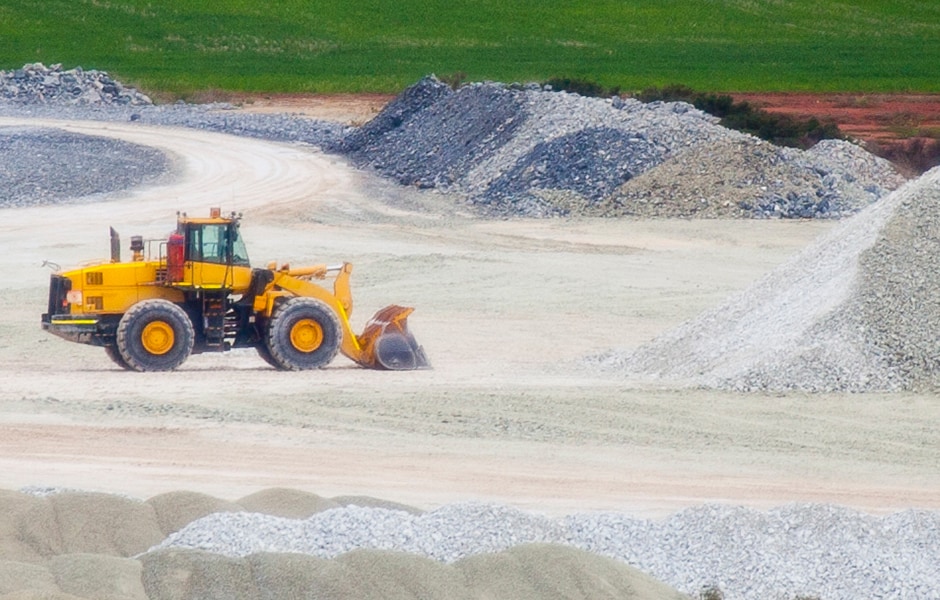
It’s tempting to think of magnesium as a less-famous cousin to the world’s premier structural light metal – aluminium. After all, the world’s entire primary magnesium supply could be produced in one decent-sized aluminium smelter, around 1 million tonnes. Compare this with the 65 million tonnes of primary aluminium produced globally each year.
Dig a little deeper into the magnesium industry and what is revealed are some concerning structural supply issues that should ring alarm bells not just in governments, but in the myriad industries dependent on an uninterrupted supply of semi-fabricated products from Big Cousin Aluminium. That includes the world’s automotive and construction sectors, as well as a raft of smaller industries, all reliant on aluminium alloy parts and componentry.
The average aluminium can contain around 1.5% magnesium (by weight), which might not seem like much because, well, it isn’t. However, without the addition of this small, critical, amount of magnesium, the physical and mechanical properties required of the can couldn’t be met using aluminium. The aluminium can as we know it wouldn’t exist. Neither, for that matter, would aluminium road wheels, extruded window frames, nor the wings of a modern Airbus airliner.
In fact, around 75% of all finished products made from primary aluminium wouldn’t be suitable for their applications because they all contain magnesium as a critical alloying element, for which there is no substitute.
If the magnesium tap turns off, where does it leave the world’s aluminium industry?
Aluminium alloying is the single largest market sector for primary magnesium, closely followed by die-casting, then steel desulphurisation at a distant third. Die casting and desulphurisation both have substitutes, meaning both are sensitive to fluctuations in magnesium prices.
The die-casting sector, particularly automotive, is worth a closer look; around 20 years ago three large, high profile primary magnesium projects burst onto the international stage, two in Australia, one in Canada. All three had secured large offtake agreements from automotive producers whose bullish forecasts had underwritten their future. Magnesium was to become the long-term, high-volume die-casting material of choice for the automotive sector. At only two-thirds the density of aluminium and comparatively easy to die cast, it was set to replace aluminium, steel and plastic in a range of high-volume applications.
A decade, and around US $2 billion later, all three projects had failed, auto producers had walked away from their offtake agreements, and the world’s magnesium supply-base had gravitated to inland China, where a simple, low capital cost, but highly labour and energy intensive process known as the Pidgeon Process, had taken hold.
In parallel, several ROW magnesium producers had shut up shop, in anticipation of new high-volume low-cost producers and the emerging threat from Chinese material. And it was the world’s big aluminium producers of the day; Alcan, Alcoa, Norsk Hydro, and Pechiney, who were doing so, having owned and operated their own magnesium production facilities for decades.
Today, China’s supply base accounts for over 80% of world primary magnesium production and, with Russia included, this figure increases to around 87%.
Read original article: https://cattlemensharrison.com/magnesium-abundant-and-cheap-or-a-strategic-blindspot/
By: CME Group
